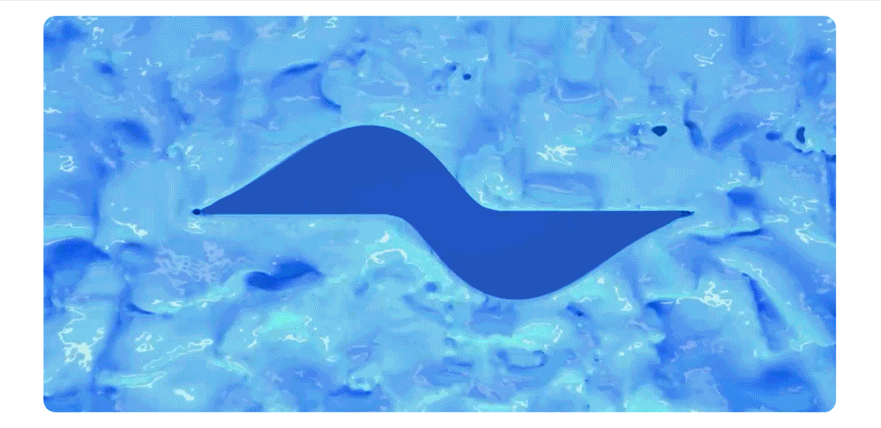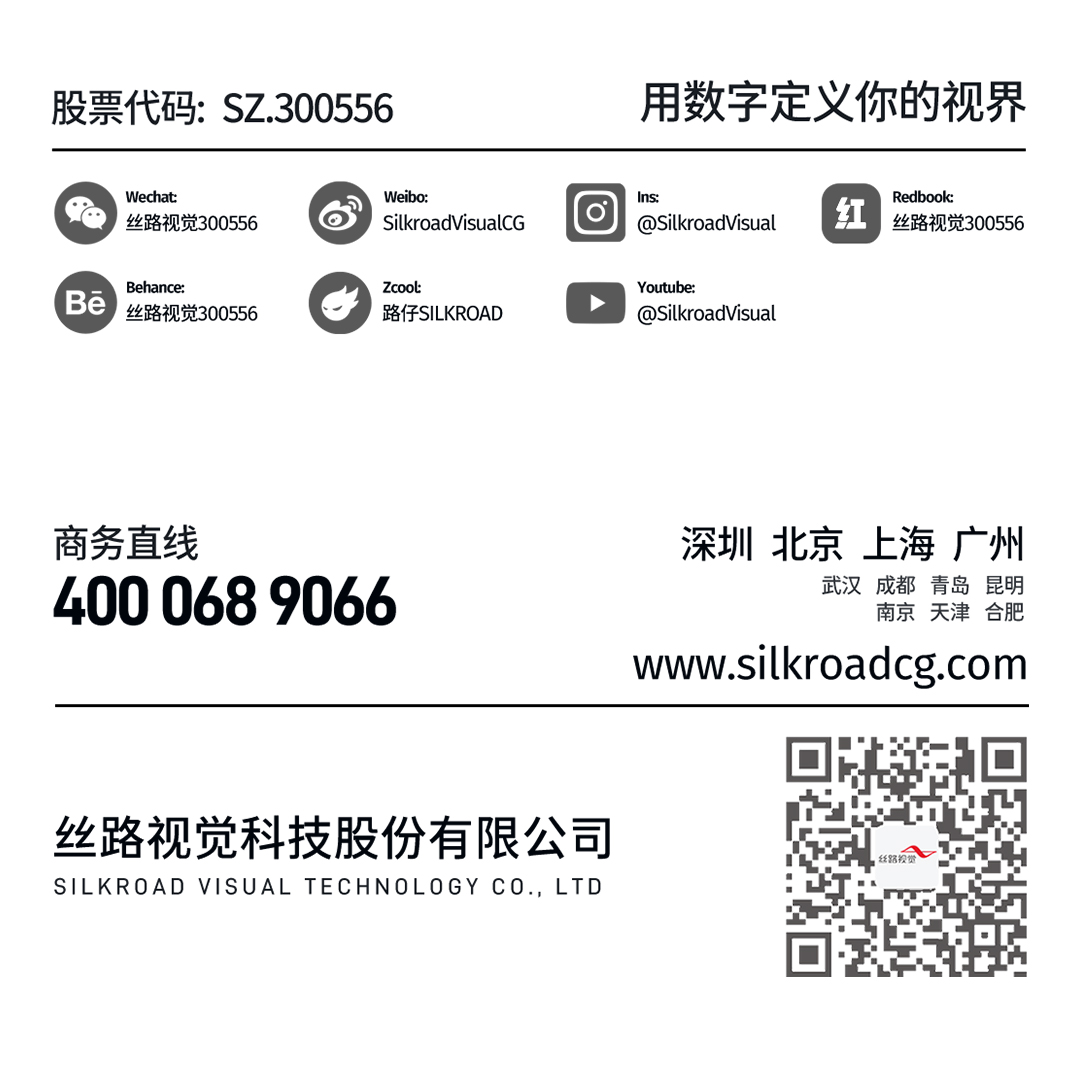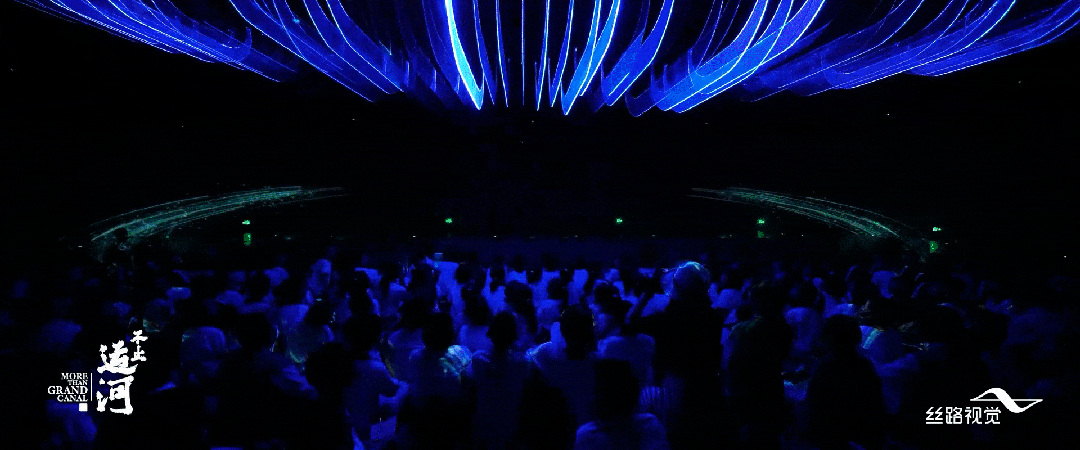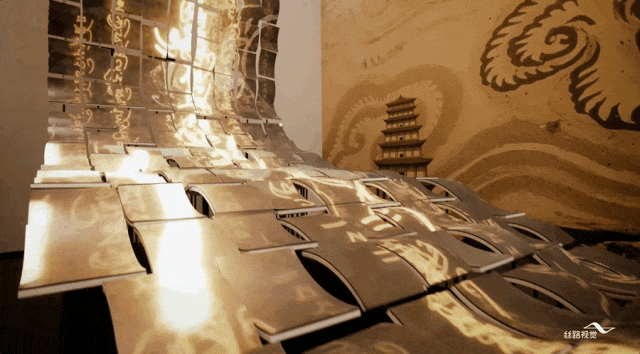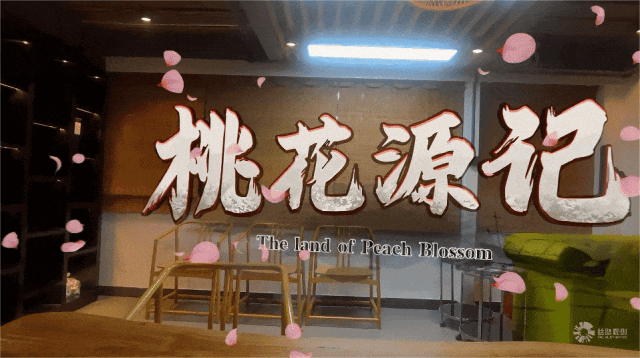Where Tech Meets Humanity: International Museum Day Showcases Future Vision
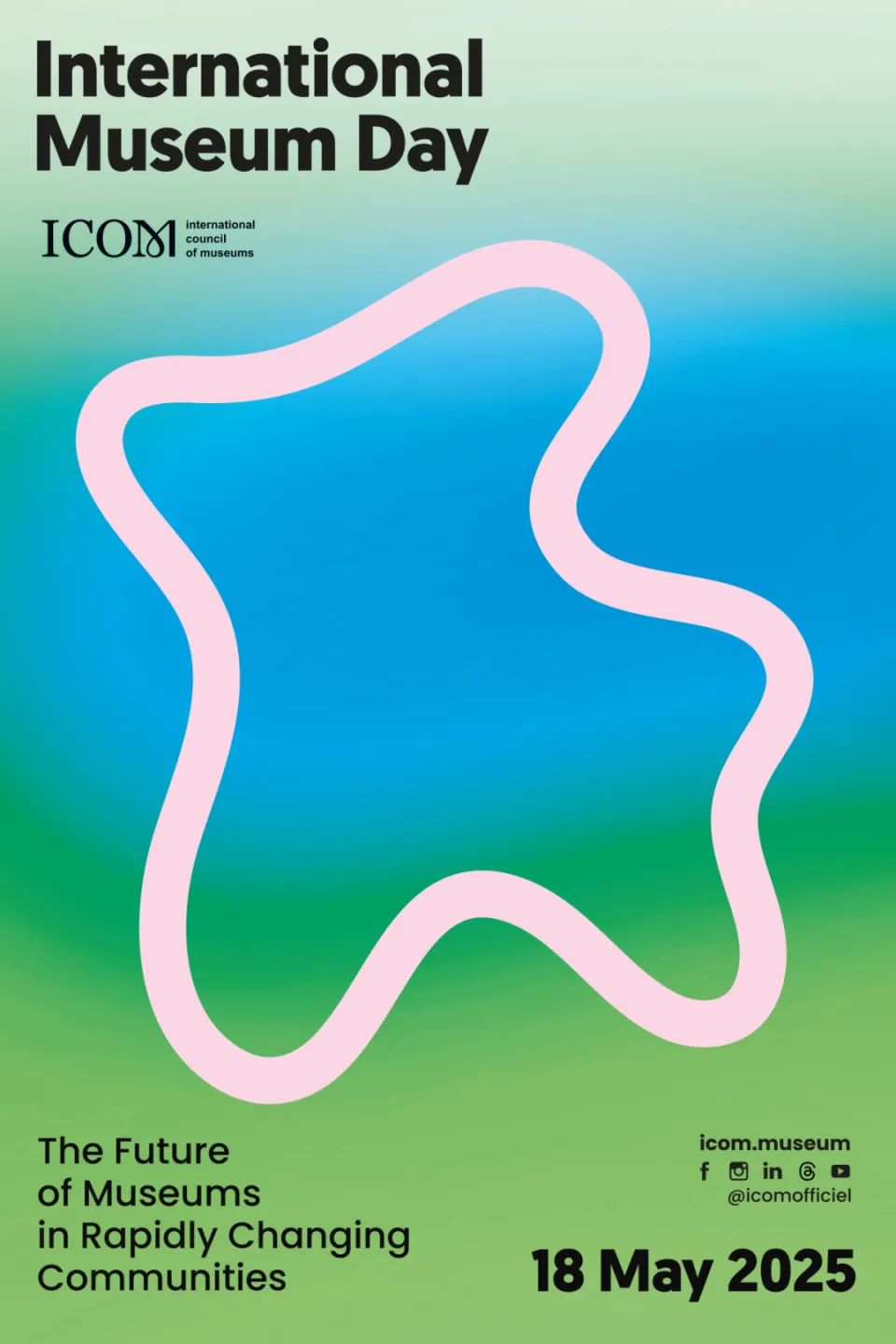
Museums stand as vital guardians of human civilization, serving as bridges connecting the past, present, and future. The 2025 International Museum Day theme, "The Future of Museums in a Rapidly Changing Society," focuses on how museums are redefining their roles to proactively embrace opportunities and tackle challenges, staying in sync with our times.
Since 2020, International Museum Day has consistently fostered dialogue aligned with the UN Sustainable Development Goals (SDGs). This year's theme specifically resonates with SDG 9 (Industry, Innovation, and Infrastructure) and SDG 11 (Sustainable Cities and Communities). It highlights how museums are leveraging technological innovation to build new paradigms for cultural dissemination while acting as catalysts for urban cultural identity and community resilience.

By nurturing creativity and actively deploying cutting-edge technologies, museums drive innovation and enhance accessibility. Amidst rapid community transformation fueled by technological progress and the rise of remote education, museums have unprecedented opportunities to utilize new tech. This enables the creation of novel presentation formats, boosts visitor engagement and experience, and improves operational effectiveness.
"
Silkroad Visuals provided visual creative services, harnessing digital technology to delve deep into millennia of history rooted in profound Chinese culture. They vividly interpret the enduring flame of Chinese civilization, meticulously shaping a new identity for the museum that embodies cultural confidence, heritage transmission, and cultural revitalization.


This exhibition revisits the heart of the Bronze Age Shu civilization. Centered on bronze culture, it explores the Chinese origins of the Sanxingdui and Jinsha sites. Utilizing 3D modeling and dynamic imagery, the exhibition achieves creative transformation of archaeological findings, offering insights into the origins of Chinese civilization and prompting reflection on its future trajectory.
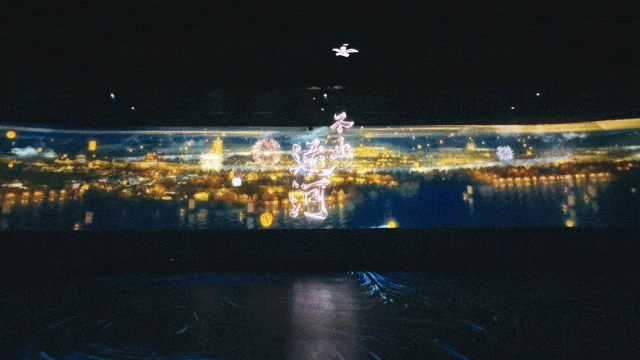
Hosted at the Beijing Grand Canal Museum (Capital Museum East Branch) and meticulously crafted by Silkroad Visuals, this exhibition uses digital infrastructure to revitalize canal heritage, building a blended physical-digital network for cultural dissemination and injecting innovative energy into urban cultural spaces.
Related Event: On May 18-19, the opening ceremony for China's main International Museum Day 2025 event was held at the Beijing Grand Canal Museum, showcasing the latest achievements in China's museum sector development, with over 600 attendees.

The Digital Dunhuang Page Matrix Interactive Exhibit employs flexible LED screens and multi-screen sensing technology to transform the cultural codes of Dunhuang caves into fluid knowledge carriers. Silkroad Visuals, through infrastructure upgrades, breaks traditional display models with this technologically reimagined "page" form. It integrates internet symbols into cultural heritage presentation, pioneering innovative pathways for knowledge dissemination.
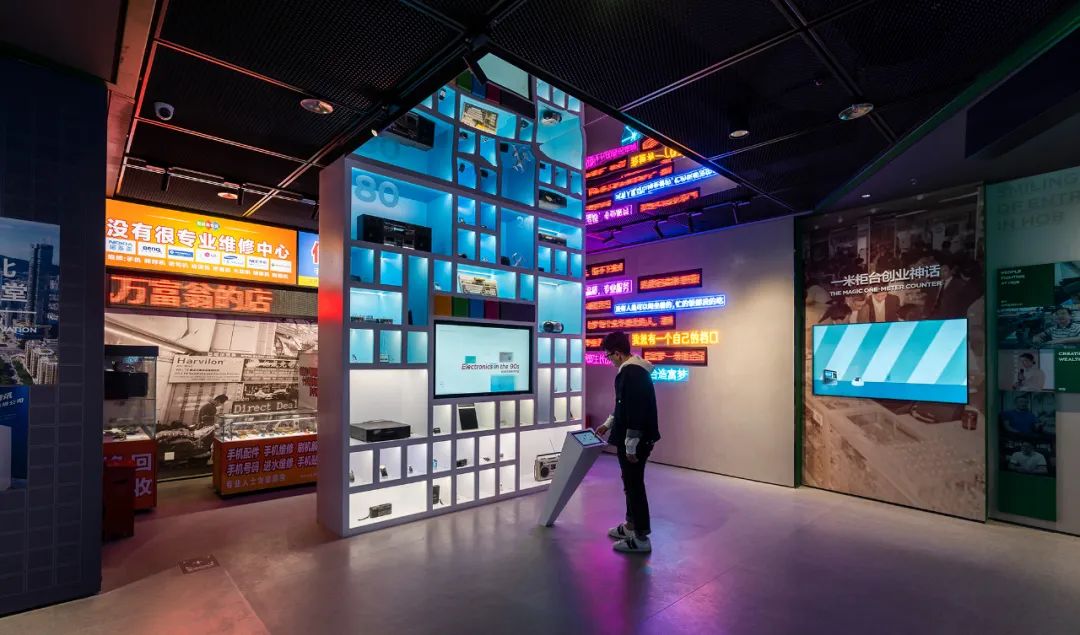
Huaqiangbei Museum is Futian District's first state-owned museum. It narrates the stories of Huaqiangbei's entrepreneurship, Shenzhen's reform and opening-up, and China's electronics industry development through the lens of "Dreams of Development, Entrepreneurship, Innovation, and the Future." Through physical exhibits and interactive installations, it recreates how Huaqiangbei, against the backdrop of Shenzhen's reforms, became an engine for regional industrial upgrading and global supply chain restructuring through technological innovation, illustrating the evolution of "Made in China" from lab to market.
The Altay Museum of Human Skiing Origins uses ice and snow as its narrative medium, creating a dialogue space spanning millennia of civilization. As China's first museum dedicated to the origins of human skiing, Silkroad Visuals infused its architectural interior design with snow and ice elements. Abstract "ski run" installations flow throughout the museum; their streamlined forms act as a topological interpretation of skiing motion while creating cognitive coordinates for folded time and space, symbolizing the spatial link connecting ten thousand years of skiing history.
The Fengjie Navel Orange Museum integrates data resources from the navel orange industry via a multimedia exhibition system, creating a new cultural platform combining science popularization, research, and cultural tourism. The museum empowers a local specialty industry with digital technology, fostering sustainable integration of culture and economy.

"
Museums, as cultural hubs promoting inclusivity, adaptability, and heritage protection, are committed to sustainable urban development. They focus not only on tangible heritage but also play a dynamic role in safeguarding intangible heritage. Intangible heritage embodies the essence of cultural identity, reflecting profound and diverse cultural backgrounds.
"
▍"Peach Blossom Wonderland":
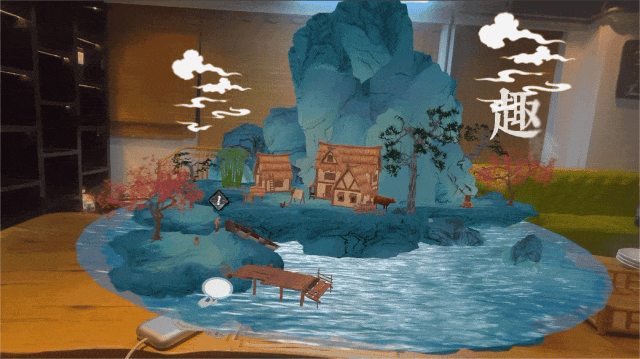
"Peach Blossom Wonderland" is the first "ink-wash style" fully immersive spatial computing experience created by Silkroad Visuals specifically for Vision Pro. Blending 3D technology with ink-wash aesthetics, it offers players a novel immersive visual experience. Through eye-tracking and gesture interaction, players explore and trigger fascinating narrative sequences.
▍"Ancient Book Exploration Journey" VR Experience:
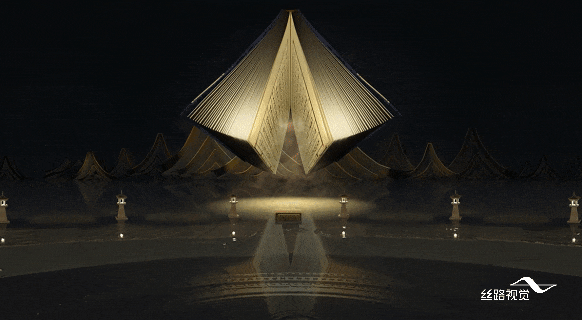
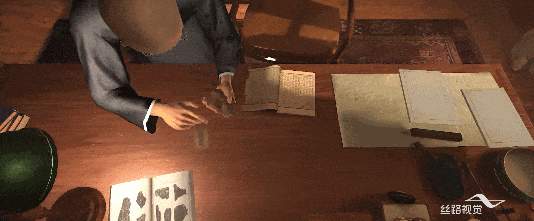
"Ancient Book Exploration Journey," a VR project developed by Silkroad Visuals in collaboration with ByteDance, uses "scripted interaction" to connect China's four major cultural treasures: the Ming-Qing Archives, Yinxu Oracle Bones, Juyan Han Bamboo Slips, and Dunhuang Manuscripts. Leveraging virtual reality technology, these artifacts, housed in different institutions, transcend physical limitations for the first time, forming a cross-temporal cultural network in the digital realm.
This digital revitalization not only extends the life trajectory of cultural heritage but also, through technological empowerment, forges an interactive emotional bond between urban residents and history. It injects cultural resilience into modern cities, allowing ancient civilizations to continuously nourish community identity amidst urban renewal.

As technology rapidly advances and application scenarios expand, innovations like VR and AI are reshaping museum operations. They dismantle traditional one-way exhibition models, bringing artifacts to life and engaging visitors dynamically. Through digital preservation, intelligent management, and immersive experiences, museums safeguard cultural roots while creating fresh expressions. This enables Chinese stories to reach wider audiences, infusing vitality into the nation's cultural strength. This is the innovative path museums are forging within our rapidly changing society.
Where digital technology profoundly empowers cultural transmission, and Eastern philosophy meets innovative expression, Silkroad Visuals consistently harnesses technology as the brush and culture as the ink, crafting stories that resonate with our times within the blended realms of the physical and virtual.

